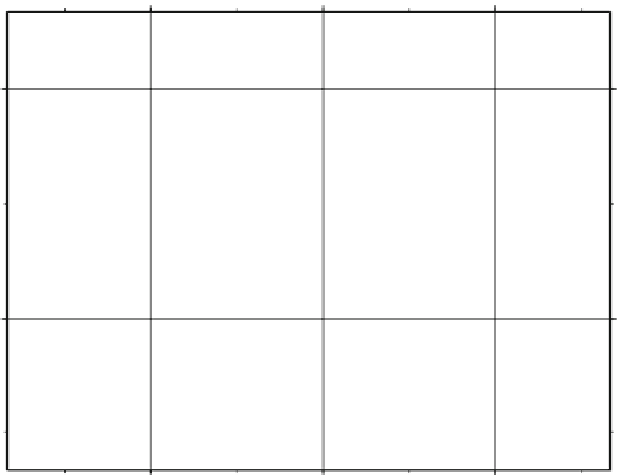Geoscience Reference
In-Depth Information
145°E
146°E
147°E
42°N
42°N
T1
41°N
41°N
ER
RF
145°E
146°E
147°E
Fig. 9
Distribution of bending-related topographic structures in the western Kuril Trench.
Black
lines
represent ridges.
Red
and
blue
lines show landward- and oceanward-dipping elongated
escarpments, respectively.
Right
and
dark gray areas
illustrate seamounts and trench bottoms,
respectively.
RF
Ryofu Seamount,
T1
Takuyo-Daiichi Seamount,
ER
Erimo Seamount
(Figs.
11
and
12
). Gradual growing of the bending-related topographic structures is
observed in this area. Trench-subparallel escarpments decrease in relief southward
and a dominant set of escarpments become roughly parallel to the seafloor
spreading fabrics striking at large angles to the trench axis. Between 38°N and
39°15¢N, several elongated escarpments have a strike perpendicular to seafloor
spreading fabrics. The abyssal hill fabrics are clear on the outer swell beyond
bending-related deformation in the northeastern corner of the Fig.
10
.
In the southern segment of the Japan Trench south of around 38°N, the strike of
the Japan Trench is N30°E (Fig.
13
). The outer swell in this region is obscure
around the Joban Seamounts. The bending-related topographic structures are con-
fined to areas less than ~50 km away from the trench axis between the trench and
Joban Seamounts (Fig.
13
). There are not any bending-related topographic struc-
tures seaward of the Joban Seamounts. A topographic expression of bending-related
topographic structures is a half graben or ridge, which is similar to that of the west-
ern Kuril Trench (Figs.
13
and
14
). Most of bending-related topographic structures
have an NE-SW strike, N50-70°E, and are not parallel to the trench axis, but sub-
parallel to the trend of the Joban Seamounts (Fig.
15
).
Around 36°N, near the Daiichi-Kashima Seamount, near the boundary between
Japan and Izu-Ogasawara trenches, the strike of bending-related topographic






Search WWH ::

Custom Search